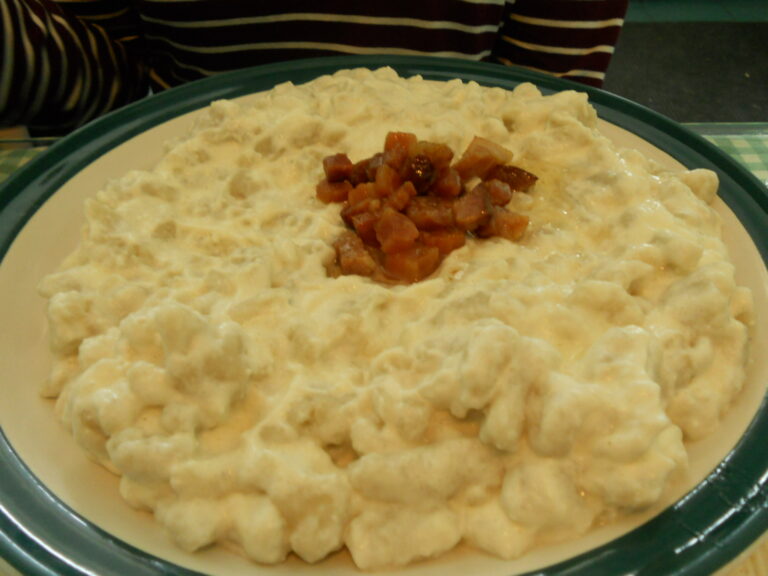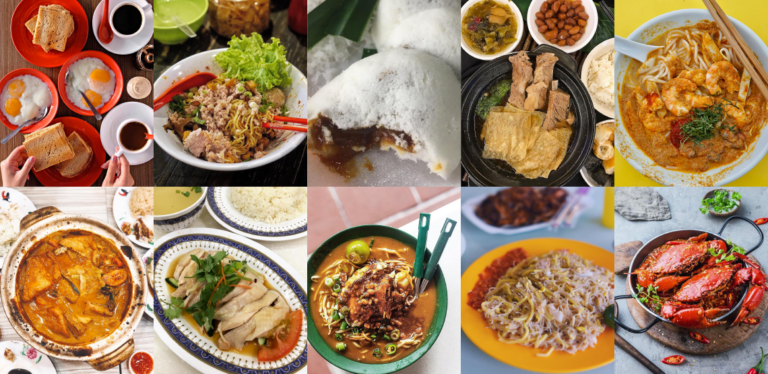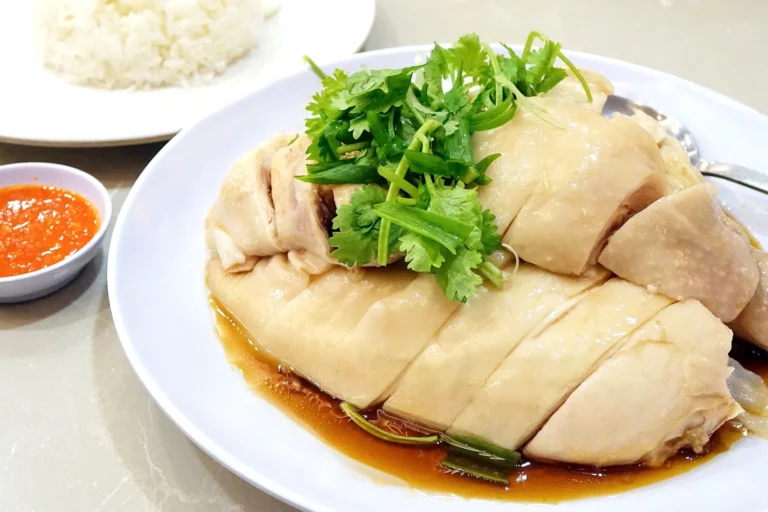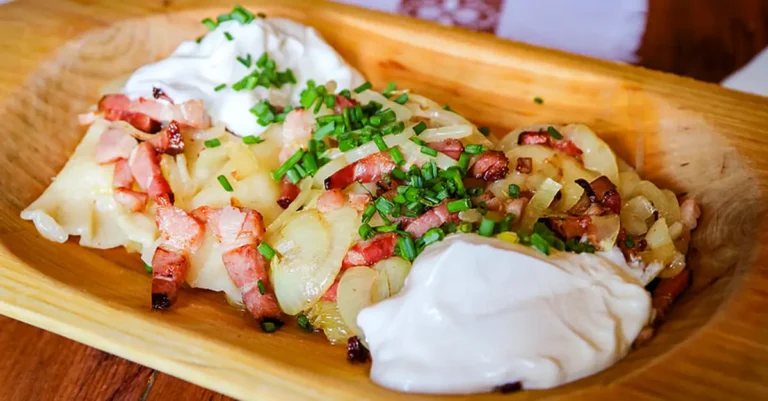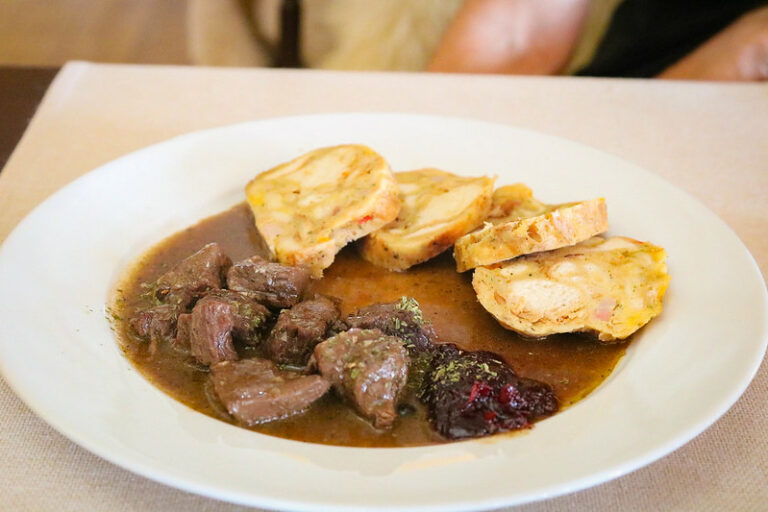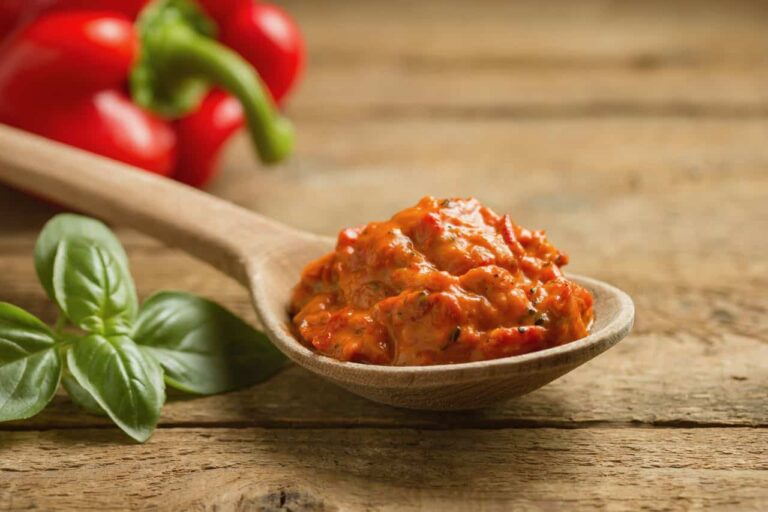Introduction: Slovak cuisine and its condiments
Slovakia is a small, landlocked country located in Central Europe. Its cuisine is heavily influenced by its neighboring countries such as Hungary, Austria, and the Czech Republic. Slovakian cuisine is known for its hearty and comforting dishes, often featuring meat, potatoes, and dumplings. There are also a variety of condiments and sauces used to enhance the flavor of these dishes.
Bryndza: The traditional cheese spread
Bryndza is a traditional Slovak cheese made from sheep’s milk. It is often used as a spread on bread or crackers and can also be used as a filling for dumplings. Bryndza has a strong, tangy flavor that pairs well with the mild flavors of potatoes and bread. It is also used as a topping for salads and soups, adding a creamy texture to the dish.
Horčica: The mustard with a kick
Horčica, or mustard, is a popular condiment in Slovakian cuisine. It is often served alongside sausages and other meats, adding a spicy kick to the dish. Slovakian mustard is typically made with whole mustard seeds, giving it a strong flavor and texture. It can also be used as a marinade for meats or as an ingredient in sauces and dressings.
Tatranky: The nutty chocolate bars
Tatranky are chocolate bars that originated in Slovakia and are now popular throughout Europe. They are made with layers of wafers and a hazelnut filling, covered in chocolate. Tatranky are a popular snack and dessert in Slovakia, often served alongside coffee or tea.
Ketchup: The universal sauce
Ketchup is a popular condiment in Slovakia, as it is in many other countries. It is often served alongside French fries, burgers, and other fast food items. Slovakian ketchup is typically sweeter and less tangy than American ketchup, and may also be flavored with paprika or other spices.
Vegeta: The seasoning mix for all dishes
Vegeta is a seasoning mix that is used in many Slovakian dishes. It is made with a blend of vegetables and herbs, including carrots, onions, parsley, and celery. Vegeta can be used to season meats, soups, stews, and other dishes, adding a savory flavor and aroma. It is a versatile seasoning mix that can be used in place of salt or as a complement to other spices.

